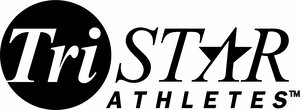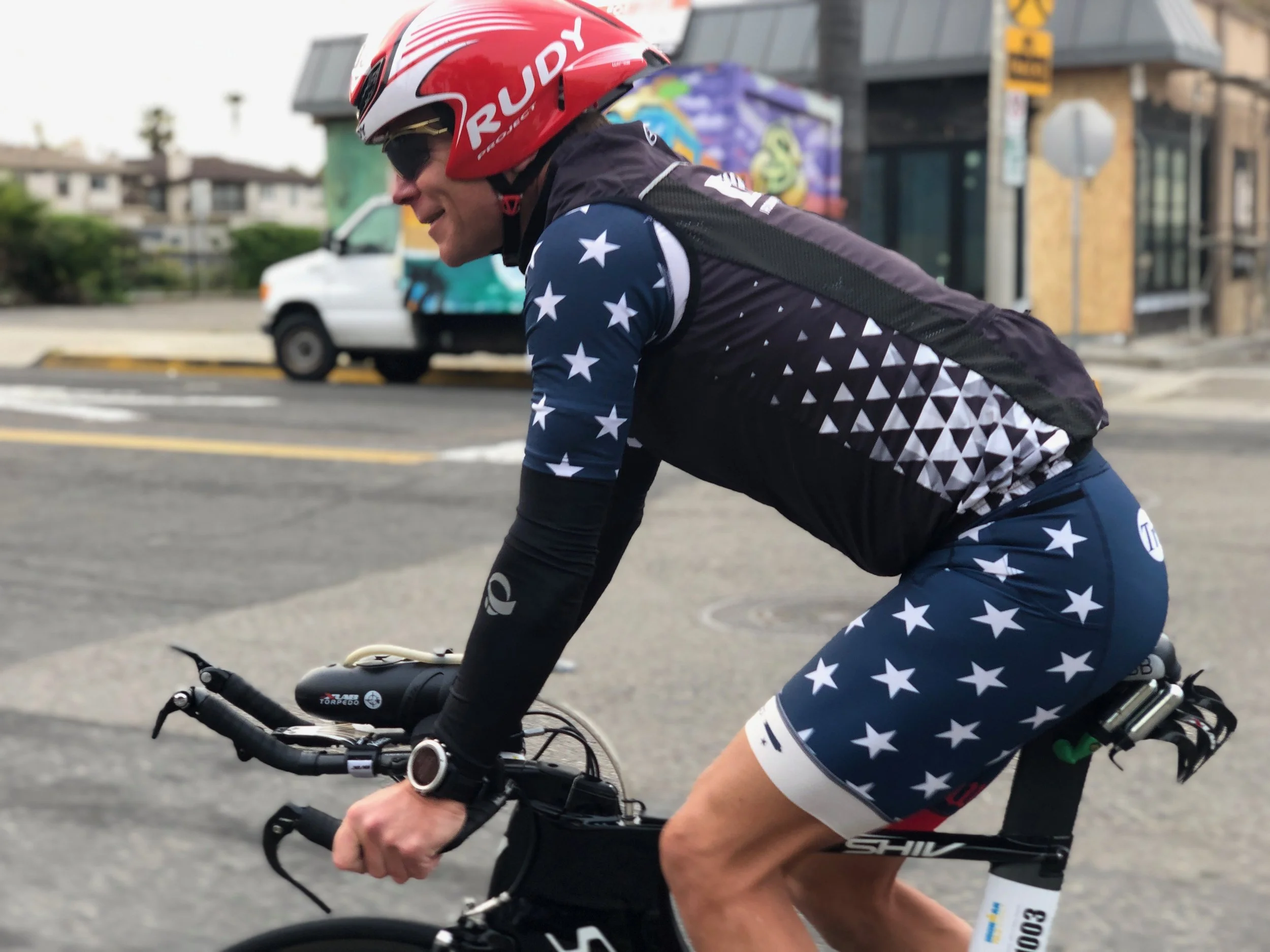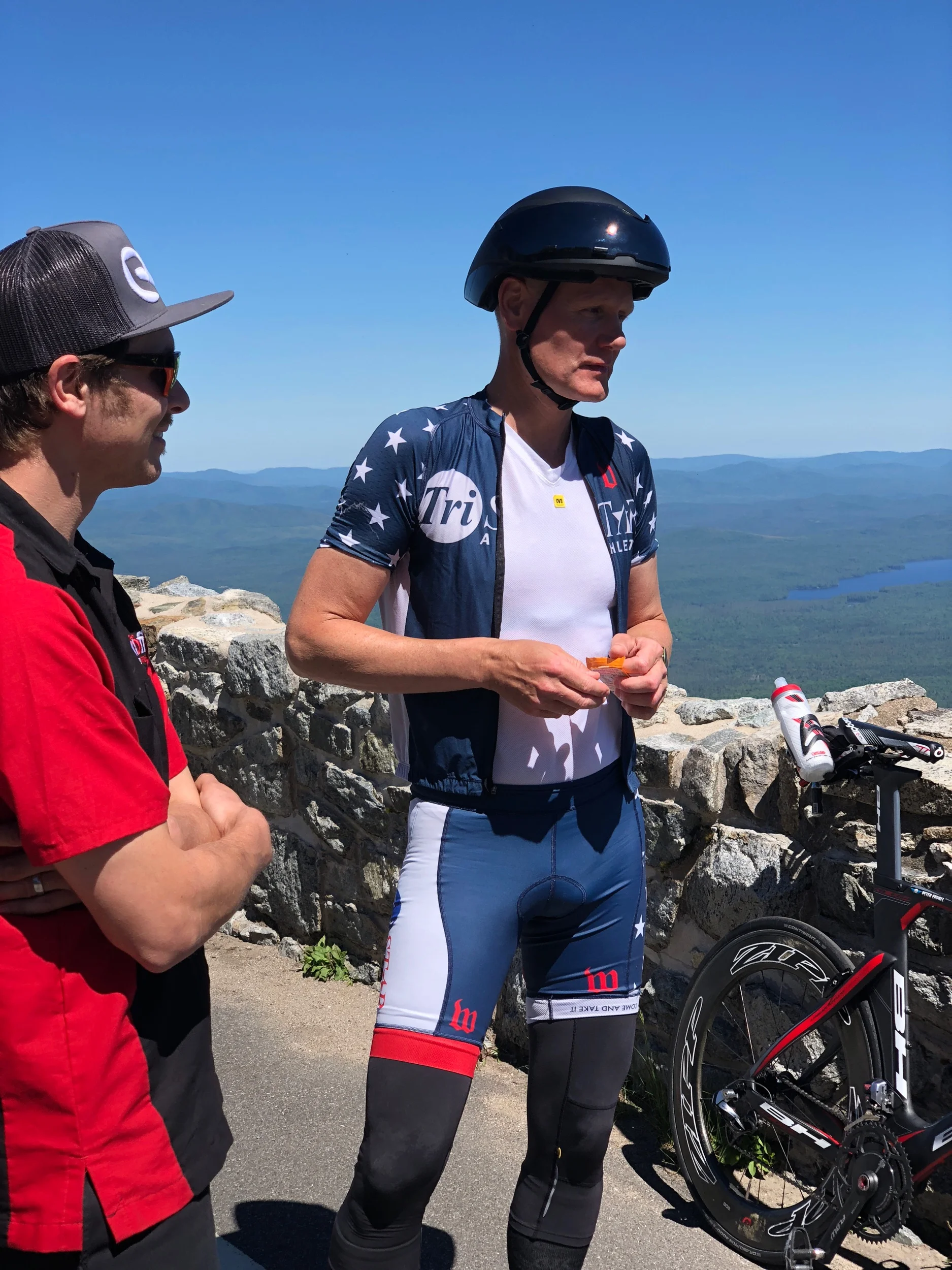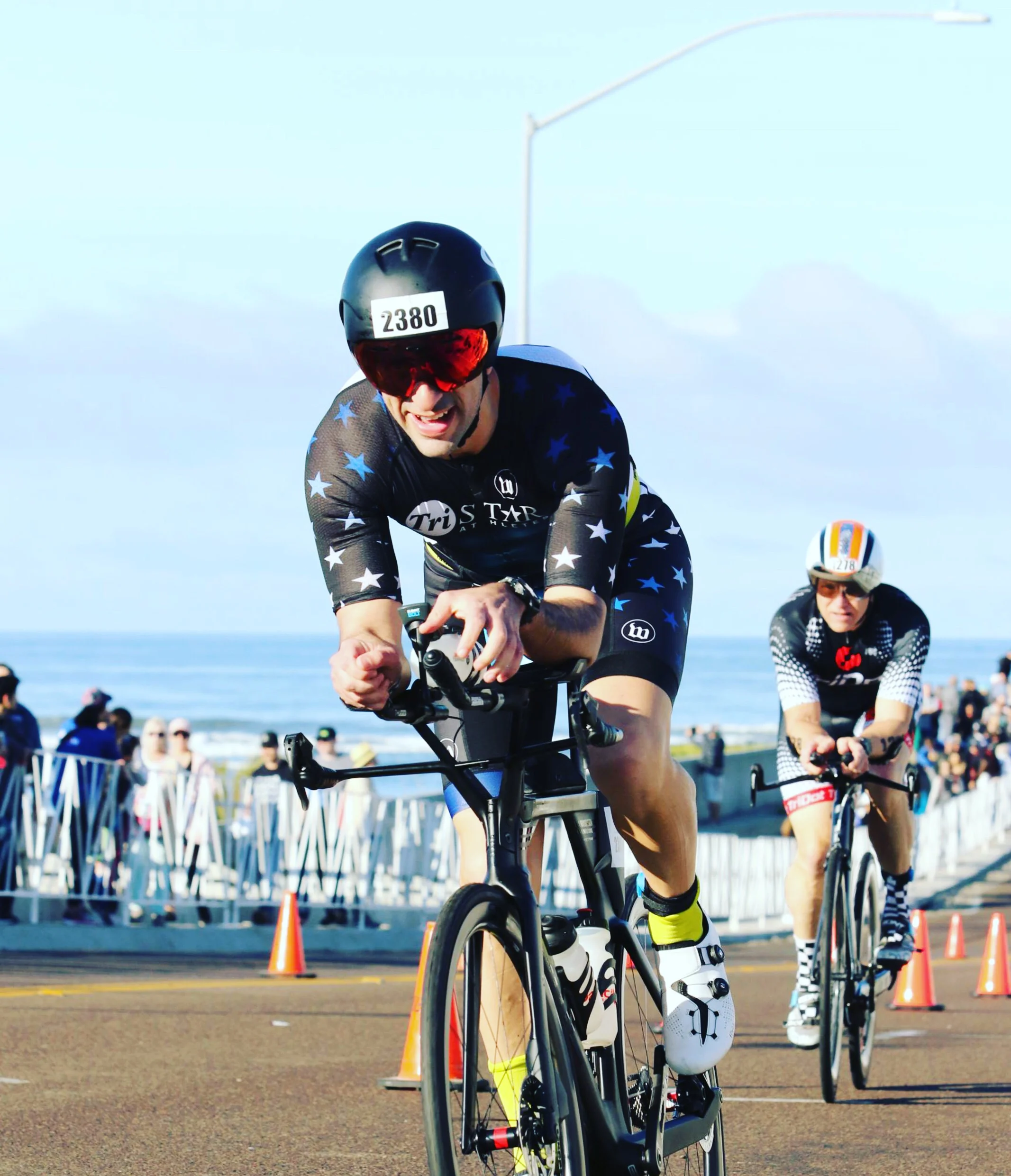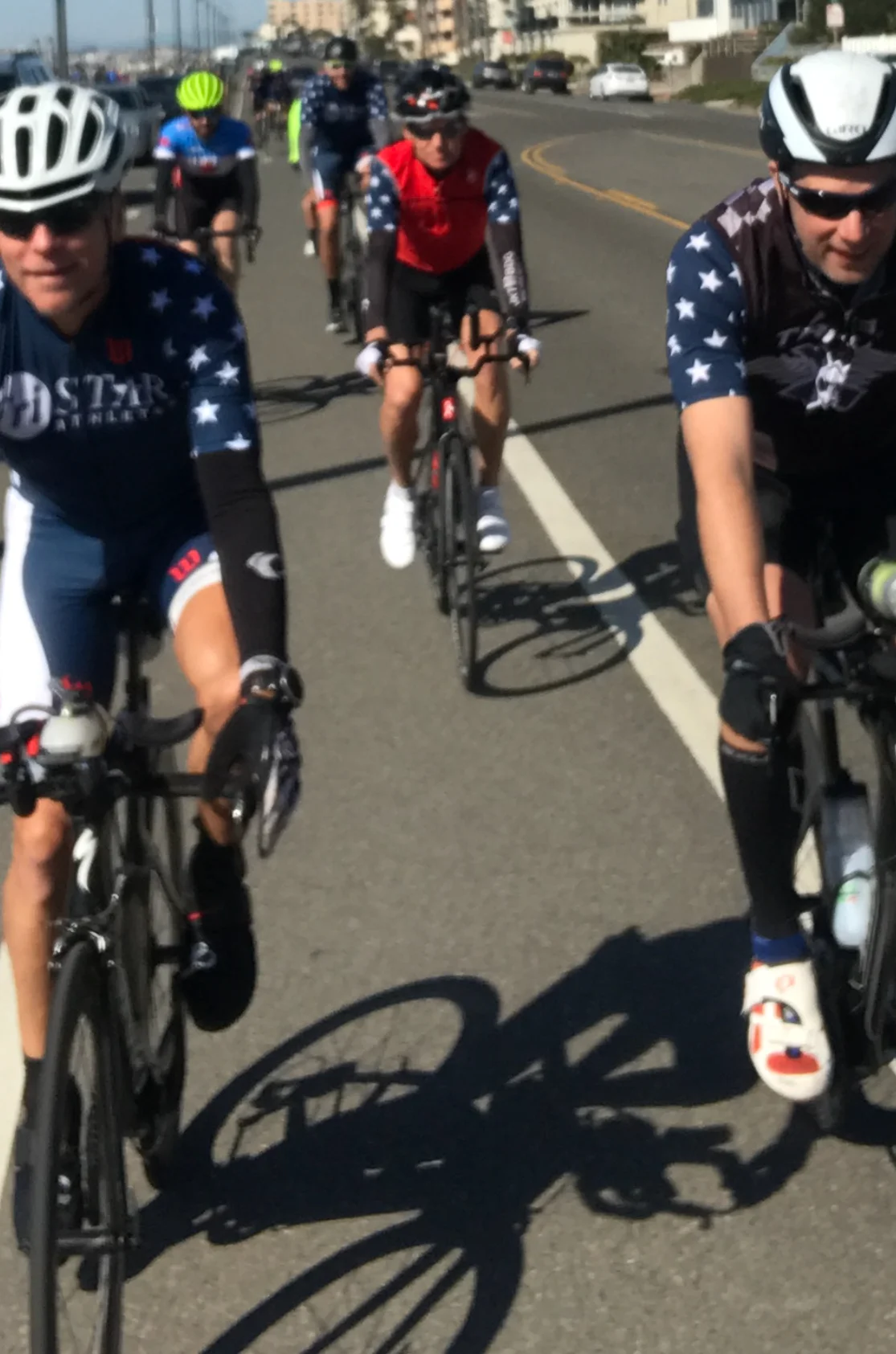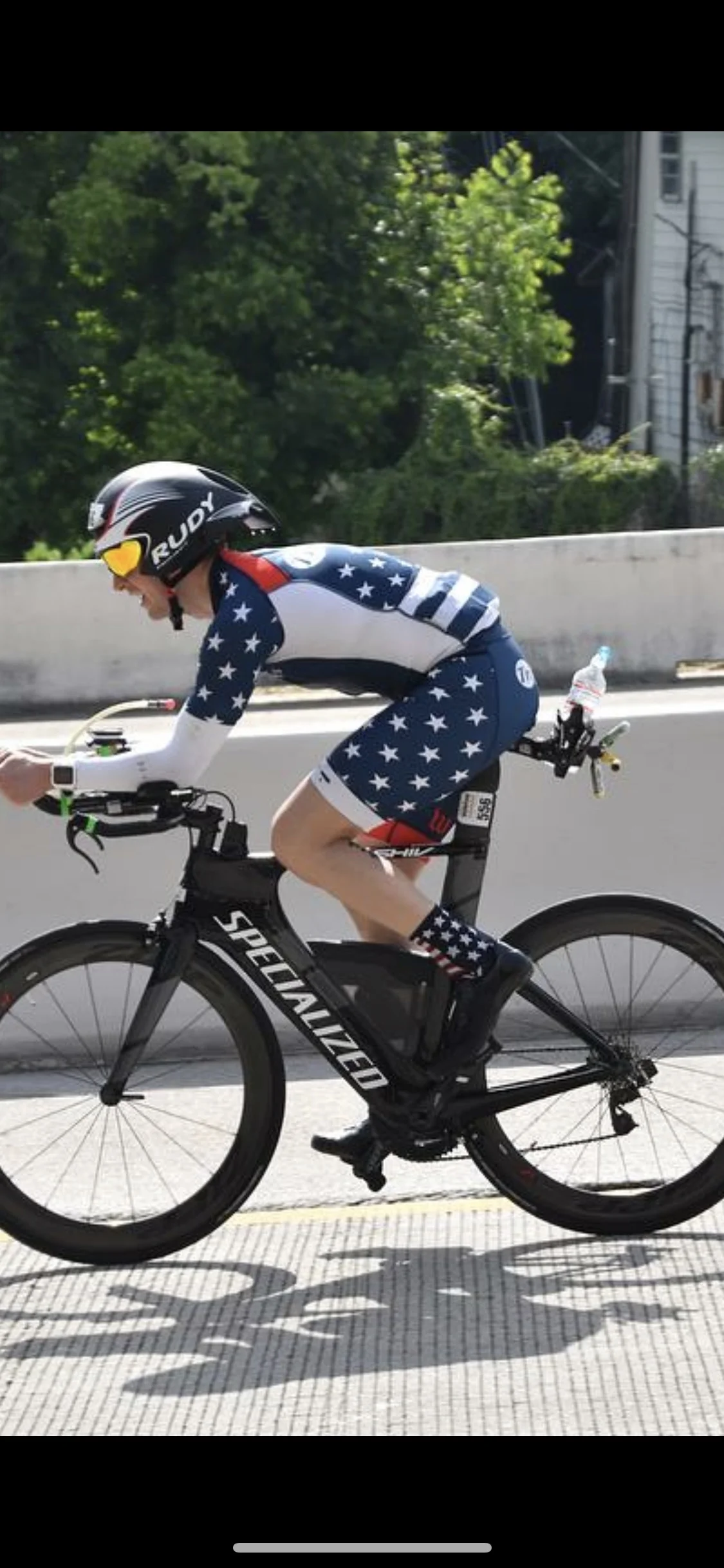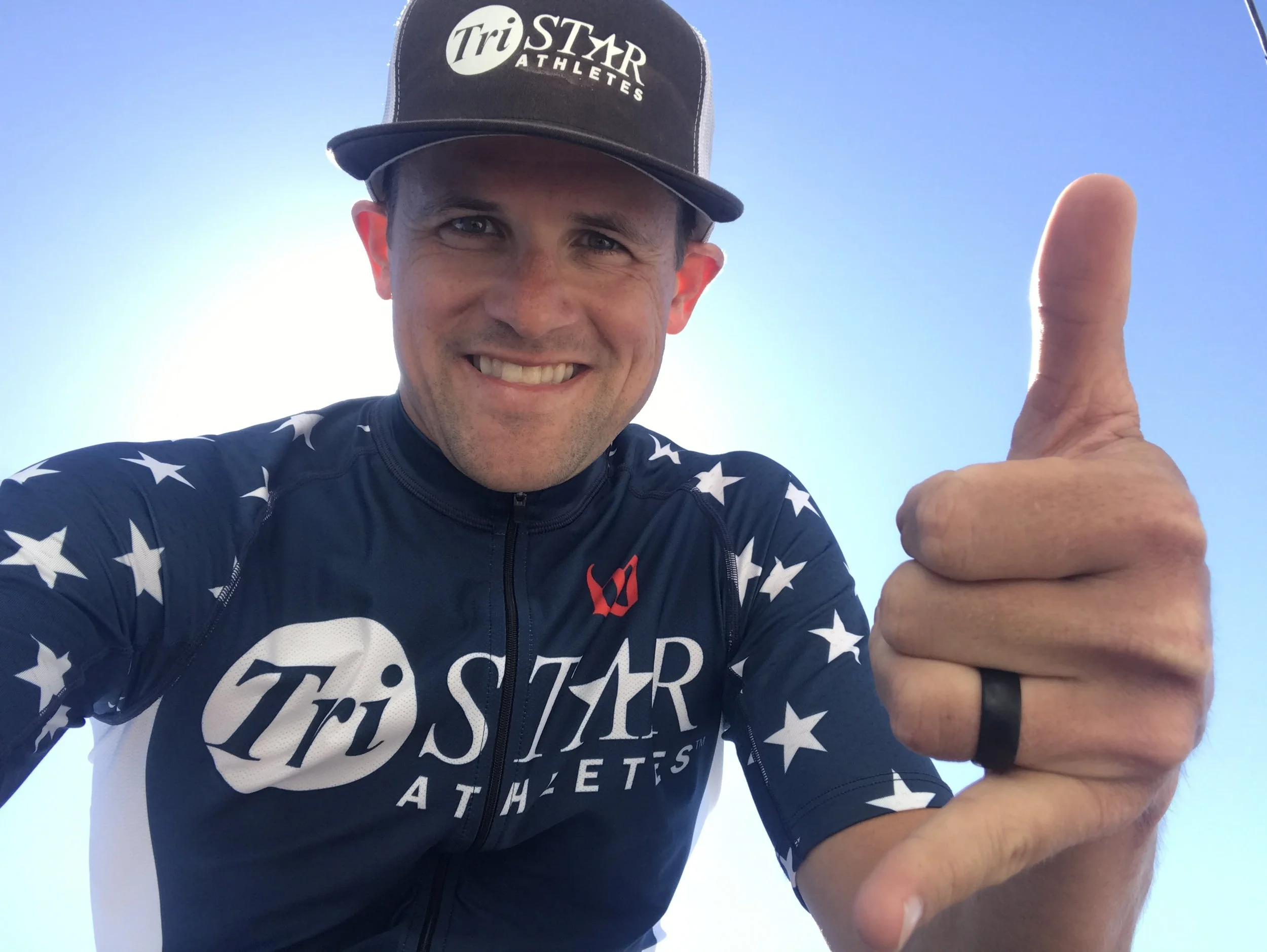TriStar Athletes, drafting and TRIATHLON is not legal! However, the concept of riding draft legal is not. On flatter courses and portions of flat parts of hilly courses; riding up to the draft zone and coasting can be an opportunity to save energy for not only the bike but also the run. In this coaches corner briefing our coaches teach you how to ride draft legal for max time savings on both the bike and run.
Estimated - / + Minutes to your bike split
Key points to riding draft legal
The draft zone is 7 m or 23 feet long. You are allowed to enter the draft zone for the short 15 second period of time and then must make a pass or drop back.
Riding up to the draft zone and using coasting to stay out of it is your opportunity.
In doing this do you insert 15 to 30 second rest breaks which affords you a lower heart rate, and lower total power output that can help you run faster off the bike.
Time trialing without breaks is very challenging on the body (Think lactic acid build up and muscle fatigue)…. Imagine riding the trainer for three hours at 200 W, or riding for three hours and taking 15 to 30 second rest breaks every two minutes! (The small intervals riding slightly faster than goal power has a minimal cost when paired with the coasting breaks.)
Keep your hands near the brakes and controls so that you’re able to slow and not crash into the person in front of you. Note that it is more ideal to coast rather than break.
This is a strategy that is used by most professional athletes in Triathlon.
If a rider in front of you is riding to slow you may pass them and move into the draft zone taking advantage of the aerodynamics… This small and brief amount of time will allow you to get additional rest however you must complete the pass within 15 seconds! You may want to slow your effort when you enter the draft zone to recover and rest and then make a full pass.
Practice makes perfect; be sure to practice this on your long ride with a training partner or two to get the feel for “sitting draft legal”.
The total intensity factor for the race will be lower however producing the same or even faster bike split. (Often times athletes will try to “hit” the race stated .IF or Intensity Factor we as TriStar coaches set, however the experienced athlete will seek to have the lowest IF for the same or faster split!)
In conjunction with draft legal position riding, applying the concept of “wind sheer” can also dramatically help save energy and improve both the bike and run split. (More on wind sheer)
Remember not to stay in the draft zone as that is cheating!
For more questions about the bike leg of your next triathlon race ask your TriStar coaches.
